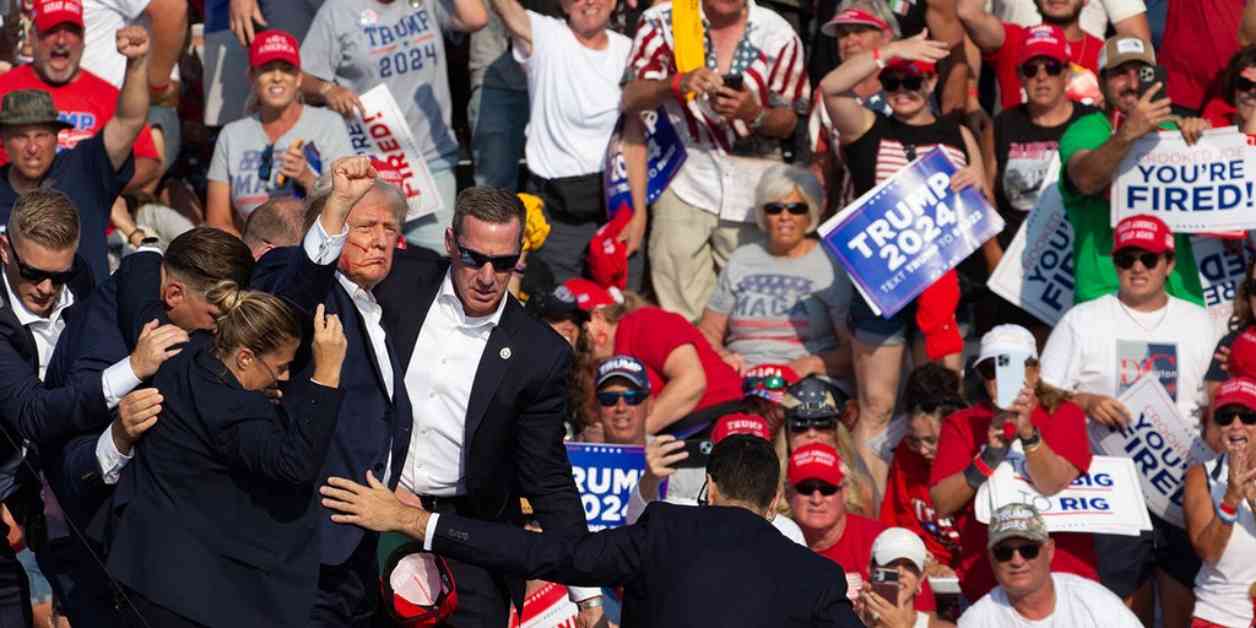Details surrounding the attempted assassination of former President Donald Trump at a campaign rally in Pennsylvania have continued to surface in the past 24 hours. The shooter, identified as Thomas Matthew Crooks, 20, was killed by the FBI shortly after the incident. Trump was addressing supporters in Butler when shots were fired, causing chaos and panic among the crowd.
Despite the ordeal, Trump emerged unharmed, but tragically, one spectator lost his life while two others sustained injuries. Corey Comperatore, a brave former firefighter, shielded his family during the shooting. The suspect, Crooks, was shot by Secret Service agents after firing from an elevated position outside the rally’s security perimeter. Authorities found bomb-making materials in Crooks’ car and home, raising concerns about his motives and intentions.
While investigations are ongoing, it was revealed that Crooks, a registered Republican, had previously supported Democrat candidates through donations to political action committees. President Biden expressed his concern for Trump’s safety and instructed the Secret Service to provide him with necessary protection.
The incident has sparked discussions about security measures at political events, with no immediate changes planned for the upcoming Republican National Convention. The FBI is working to unlock Crooks’ cellphone for further insights into his actions. As the nation awaits Biden’s address from the Oval Office, the motive behind the attempted assassination remains a pressing question for authorities.
Despite the harrowing events, Trump’s resilience and the swift action of security personnel have been commended. The rally attendees, who alerted authorities to the shooter’s presence, played a crucial role in averting a potential disaster. The tragic loss of life serves as a reminder of the dangers inherent in public appearances by political figures, underscoring the need for heightened vigilance and security protocols.
As the nation reflects on this shocking incident, questions linger about the underlying factors that drove Crooks to commit such a heinous act. The intersection of political affiliations, personal beliefs, and access to firearms forms a complex backdrop against which this attempted assassination unfolded. Moving forward, authorities will continue to piece together the events leading up to the shooting, aiming to prevent similar tragedies in the future.
In the wake of this unsettling event, the resilience of democracy and the resolve of public figures to engage with citizens remain unwavering. The unity displayed in response to the assassination attempt underscores the importance of standing together in the face of adversity. The lessons learned from this incident will undoubtedly shape future security measures and political discourse, emphasizing the critical need for safeguarding the democratic process and protecting those who serve it.



